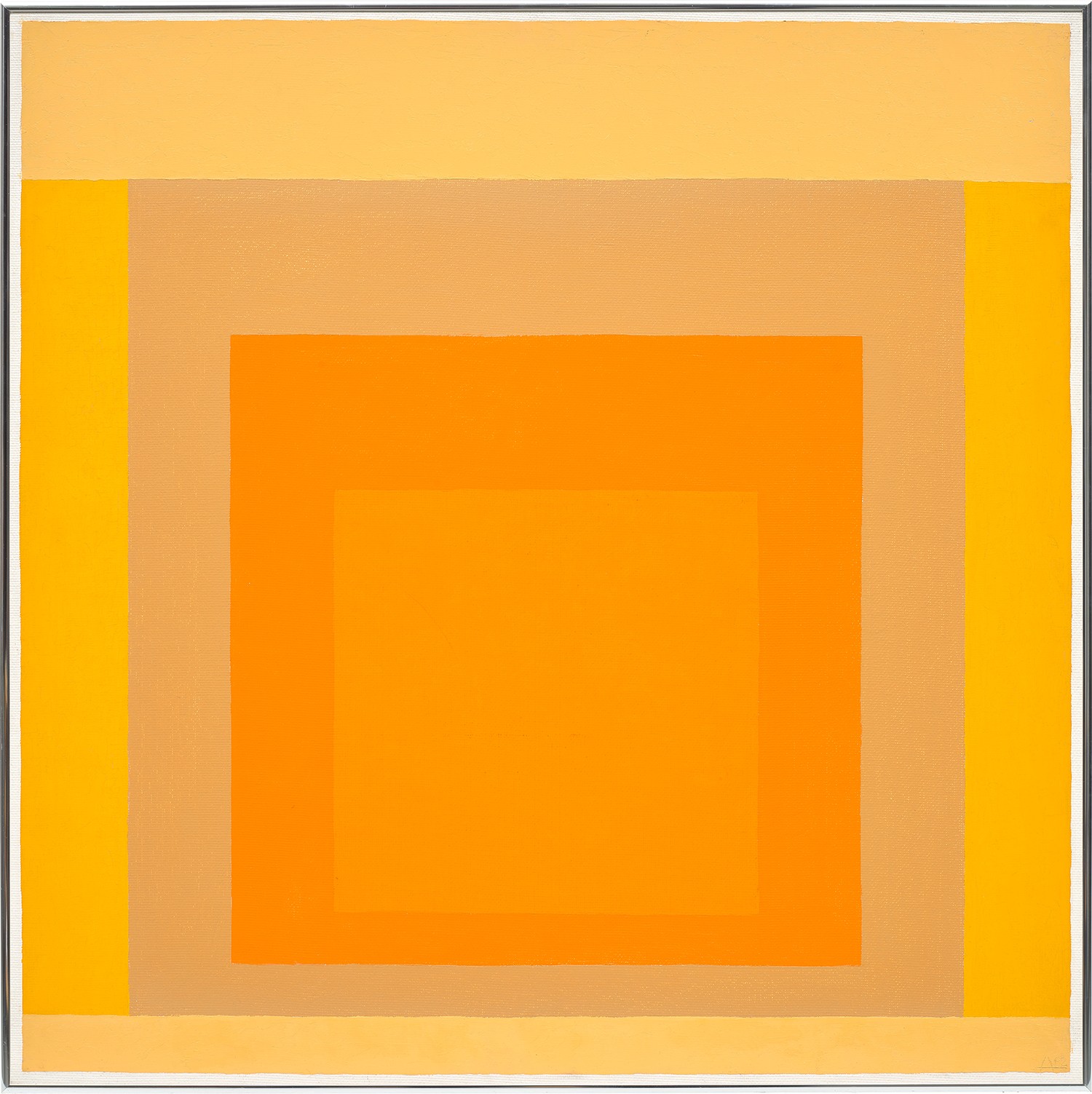

14
Josef Albers
Homage to the Square
incised with the artist’s monogram and date ‘A 62’ lower right; inscribed on the reverse
oil on Masonite
76.2 x 76.2 cm (30 x 30 in.)
Painted in 1962.
This work will be included in the Catalogue Raisonné of Paintings by Josef Albers currently being prepared by the Josef and Anni Albers Foundation under number 1976.1.712.
This work will be included in the Catalogue Raisonné of Paintings by Josef Albers currently being prepared by the Josef and Anni Albers Foundation under number 1976.1.712.